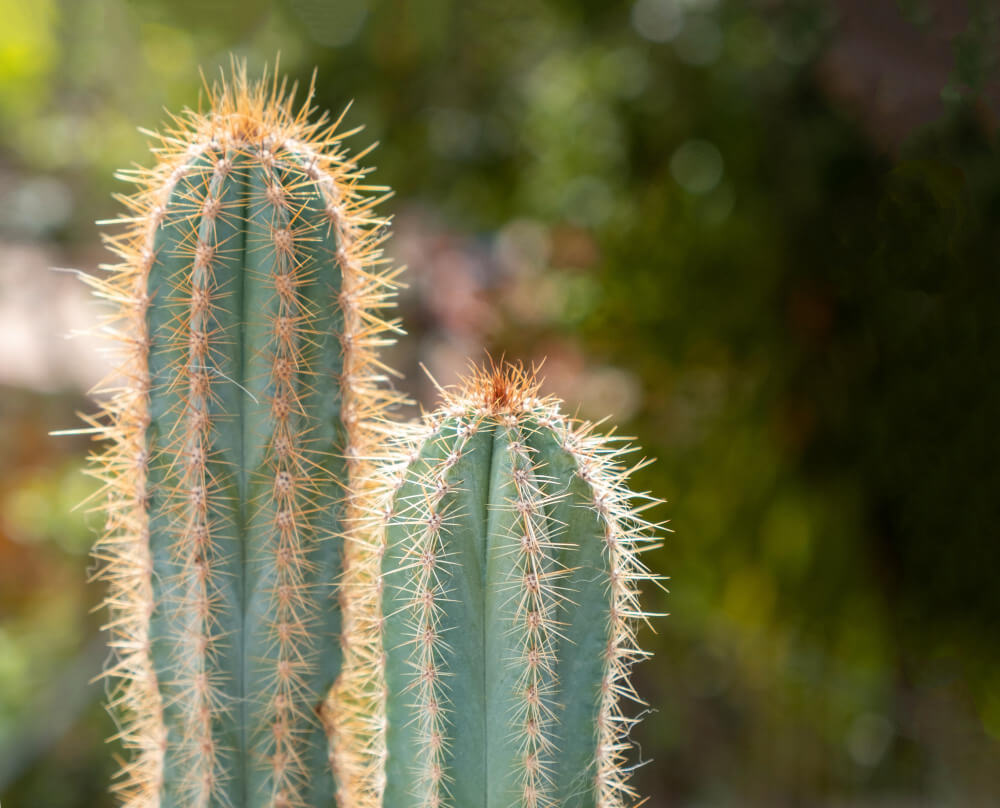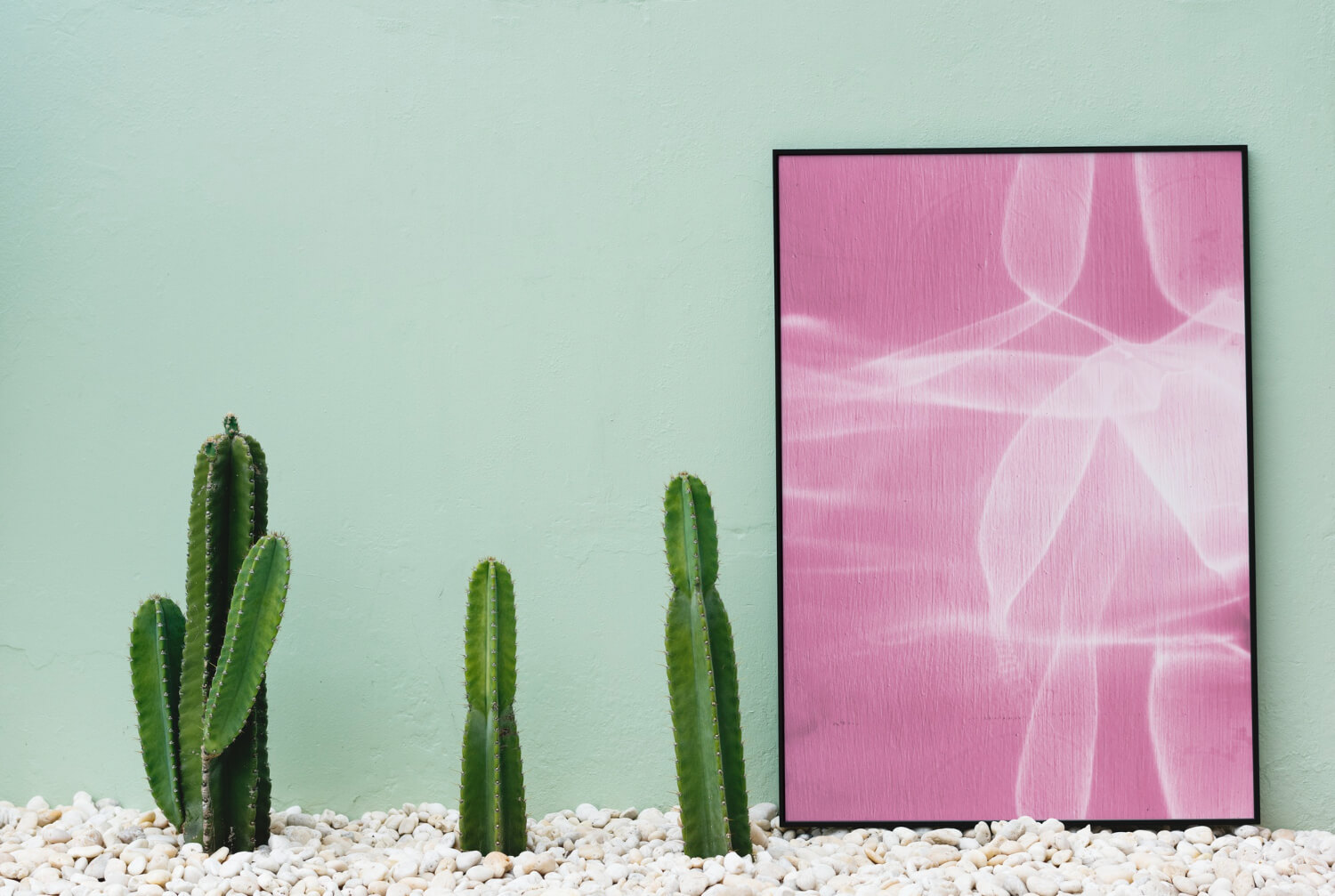The echinopsis pachanoi, commonly known as the San Pedro cactus, is a fast-growing columnar cactus native to the South American spectacle of the Andes mountains, and can be found naturally occuring at an altitude of 2,000-3,000 metres above sea level. It grows in Argentina, Bolivia, Colombia, Chile, Ecuador, and Peru and is commercially cultivated in other parts of the world as well.
Applications of this peculiar-looking cactus include traditional and veterinary medicine, but it is often grown as an ornamental plant as well. It has been used for over 3000 years for healing and religious divination in the Andean region by the tribal population that once resided there. The San Pedro cactus has powerful antimicrobial properties, preventing the growth of more than a dozen strains of penicillin-resistant bacteria, including Staphylococcus.
The San Pedro cactus is very easy to grow in most areas and grows best in a temperate climate. Because it naturally occurs in the Peruvian Andes Mountains at high altitudes and with high rainfall, it can withstand extreme temperatures. However, they are susceptible to fungal diseases if over-watered, but are not nearly as sensitive as many other cacti, especially in warm weather. They can be sunburned and display a yellowing chlorotic reaction to overexposure to sunlight. Ideally, they’d want fertile, free-draining soil to grow optimally. In winter, plants will etiolate, or become thin, due to low light. This may be problematic if the etiolated zone is not sufficiently strong to support future growth as the cactus may break when strong winds occur.
Along with tobacco, ayahuasca, and coca, San Pedro is one of Peru’s most sacred plants, and its usage can be traced back to over four millennia. There is archeological evidence found in a region of Peru near the Cordillera Blanca mountain range – once home to the Chavin culture – demonstrating the long-time use of the plant in that region. The Chavin formed the very first developed Peruvian civilisation and greatly influenced all the citizens of that region, including the Inca.
What does the San Pedro cactus look like?
There are a few key elements that can help identify the San Pedro cactus. It always has 6 to 8 rounded ribs. The troughs/pockets between the ribs are usually quite shallow, and only sink deep toward the centre of the cactus when the plant is severely dehydrated. Moreover, the cactus has light/white areoles. They often have a fuzzy appearance to them. Above each areole you will typically see a notch or “eyebrow” as it is often called. The spines are small (2-5mm), typically point upwards and are usually a light yellow in colour and the overall colour of these cacti ranges from deep forest green to slightly blue.

The Peruvian Torch Cactus is genetically and visually quite similar to the San Pedro cactus in its growth habit, number and shape of ribs and areolas but there are a few telltale differences. There is a great deal of variation in the size of Peruvian Torch cactus spines, ranging from 10mm going all the way up to 150mm+ which is considerably longer than any San Pedro cactus spines even at the lowest end along with it’s colour being brilliant blue unlike the San Pedro.
Legal status in the UK:
Since San Pedro – particularly the mescaline that is present in it – has psychoactive properties, it is classified as a Class-A drug in the United Kingdom, and considered illegal if purchased for human consumption. However, it can be bought and sold legally for any other reasons, such as ornamental purposes. Legal high providers usually write ‘not for human consumption’ on the packet as a way of dodging the law.
San Pedro is not legal to prepare into an active brew, however. So whatever you do, try not to drink the bitter cellulosic juice that can be produced by following a procedure including boiling of the plant among other things. Doing so would induce a strong yet surprisingly mellow high, replete with visual distortions, waves of euphoria, and tingling skin, not to mention the legal consequences of extracting a Class-A narcotic.
The San Pedro experience is different from that of pure mescaline – the former being more intense and complex. This is due to the presence of many more alkaloids that affect the mind and body such as hordenine, pellotine, anhalonine and tyramine. Some of these chemicals potentiate the effects of the mescaline, altering characteristics of the experience. In layman’s terms, hallucinogenic cacti are not illegal in the UK, unless prepared for consumption as a hallucinogen.
Where can you find San Pedro in the UK?
San Pedro cactus is available on a number of websites to be purchased in the UK. Some of which are listed here:
One can also purchase it from popular sites such as Amazon, Ebay and Etsy, not to mention the various legal providers you’ll come across with just a small amount of scouring the internet and talking in forums such as Reddit’s r/sanpedrocactus – a forum space dedicated especially for the trade and purchase of the cacti in question.
